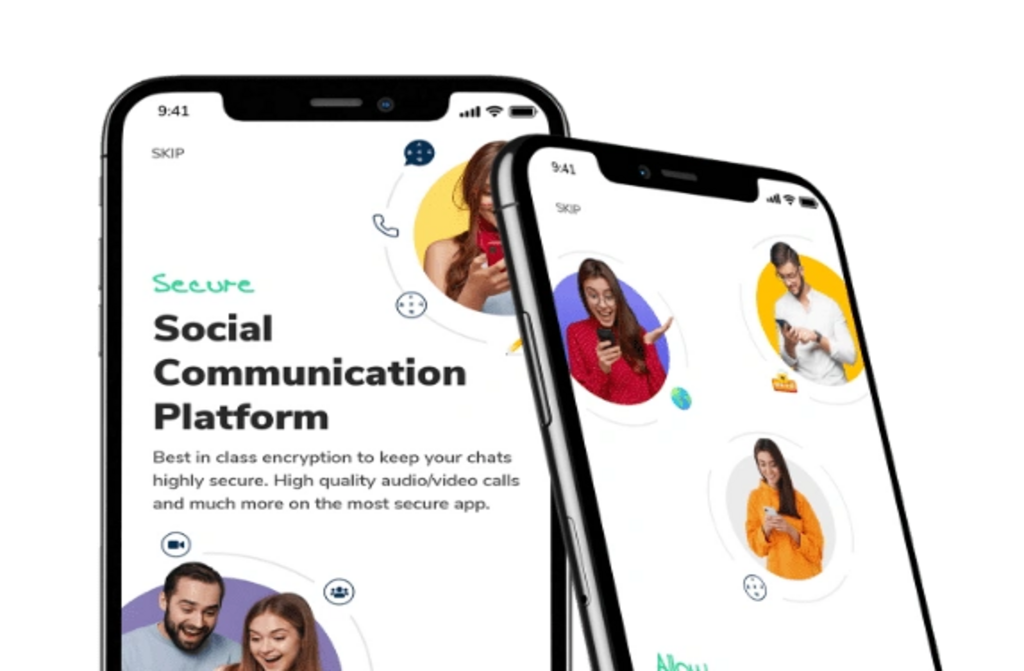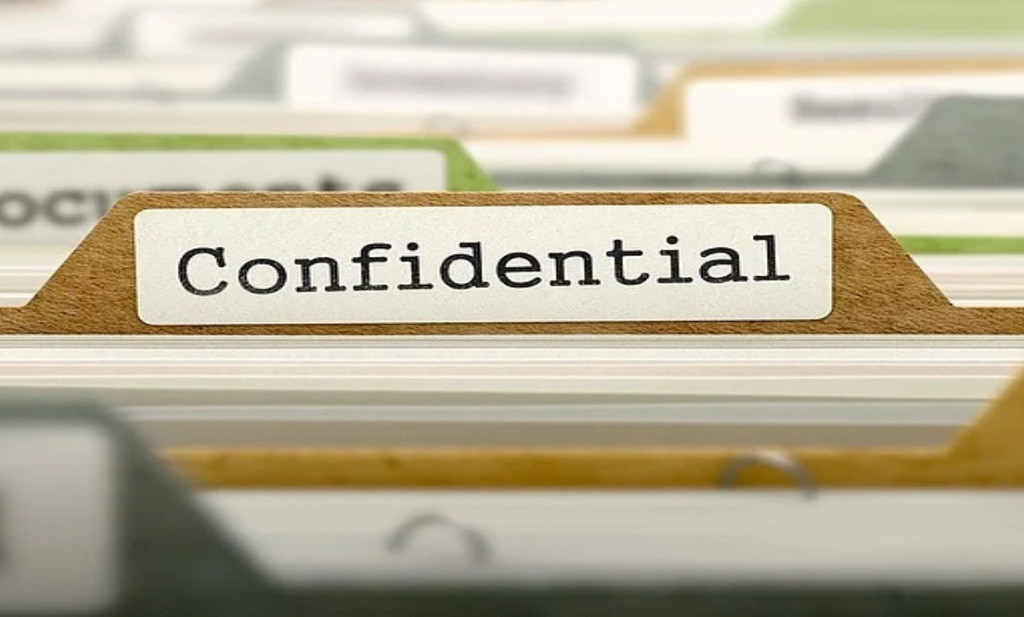In a time when remote and hybrid work are common, it’s more important than ever to choose an enterprise-grade virtual meeting platform. Daakia vs. Zoom is one of the best reasons for businesses that want to find a balance between better security, ease of use, and compliance. Let’s get started.
Why Security Will Be Important in 2025
Security is no longer an option in today’s communication. Because of breaches, data spills, and security concerns, organizations are being pushed to ask for secure team collaboration platforms that offer enterprise-class consent and encryption.
Zoom’s Growing Security
• Provides AES-256 and E2EE options; E2EE was once reserved for 1:1 messaging and only on paid plans.
• It accommodates waiting rooms, multi-factor authentication (SAML, OAuth, and 2FA), role-based access, and watermarking, advantageous to both public and commercial customers.
Daakia’s Security Credentials
- Enterprise-grade security, built-in end-to-end encryption, and cross-platform accessibility
- Integrates secure messaging, encrypted chat, and file sharing—all within one ecosystem.
- Emphasizes ISO-level compliance, frequent updates, and AI-powered threat monitoring
Daakia’s security features
- Integrated file sharing, secure messaging, and encrypted chat within a single environment
- Enterprise-level security, end-to-end integrated encryption, and cross-platform interoperability.
- Focuses on regular updates, ISO-grade compliance, and AI-driven threat monitoring.
Core Feature Comparison: Daakia vs Zoom
| Features | Zoom | Daakia |
| End-to-End-Encryption | AES 256 is fully available in paid plans; 1:1 multi-party E2EE recently added | File sharing, video, and chat all use AES 256 by default. |
| Multi-Factor Authentication | OAuth, SAML, and 2FA through identity providers (like Okta) | Enterprise identity integrations and built-in 2FA |
| Branding & Localization | Zoom SDK with minimal translation for white-labeling | The best encrypted messaging platform in 2025 with a multilingual user interface. |
| File Collaboration & Messaging | ZoomChat + Basic File Sharing | Totally integrating cloud storage, secure business messaging, and screen sharing |
| Cross-Platform Communication | Commonly used platforms include Web, Linux, iOS, Android, Windows, and macOS. | Flutter SDK, iOS, Web, and Android native integration. Additionally, it supports the best video conferencing tool for rural areas due to its lightweight construction. |
| Compliance & Certifications | FedRAMP Moderate; use by the government (Zoom Gov); CJIS, HIPAA | HIPAA- and GDPR-compliant ISO-level encryption standards |
| AI & Analytics | Zoom’s intelligence (sentiment, transcriptions) | Artificial Intelligence for Usage Analytics, Threat Identification, and Real-Time Moderation |
Top Secure Zoom Alternatives for Enterprises
Besides Zoom, competitors like Cisco Webex and Microsoft Teams offer enterprise features—but specialized platforms gain an edge where security and localization matter most.
- Daakia shines by merging encrypted messaging, ISO-certified video conferencing, and cross-platform secure team collaboration.
- Its real-time language translation and offline SDK make it ideal for remote and rural deployments.
- Zoom offers wide adoption, integration, and a strong enterprise suite—yet its reputation continues to shift due to past Zoom-bombing and encryption concerns
The Business’s Safest Choices Compared to Zoom
While rivals such as Microsoft Teams and Cisco Webex are enterprise-enabled, niche solutions are superior when security and translation matters.
- Daakia gets it right by blending encrypted messaging, ISO-certified video conferencing, and cross-platform secure team collaboration.
- Zoom is best suited for remote and rural deployments due to its offline SDK and real-time language translation. Zoom’s stature remains in the process of development because of its previous Zoom-bombing and encryption issues, even though it has a robust enterprise suite, ubiquitous adoption, and integration.
Use Cases: Daakia vs. Zoom
1. Government and Regulated Industries
- Zoom offers Zoom for Government, which is CJIS and FedRAMP certified.
- Daakia offers regional deployment capabilities, native ISO-grade encryption, and comprehensive audit logs via its SDK.
2. Decentralized or Remote Teams
- Zoom is not necessarily the best choice in locations with poor bandwidth; it requires good connectivity.
- Daakia is appropriate for high-demand networks and has support for asynchronous communication through chat and video streaming.
3. Business Workflows and Messaging
- Zoom Conversation has integrations and real-time chat.
- Daakia has more advanced workflows without changing tools, such as file sharing, calendar, chat, video, and analytics.
Seamless Migration: That Zoom-to-Daakia Switch
Planning how to switch from Zoom to Daakia is straightforward:
1. Pilot: Run parallel meetings to evaluate E2EE, UX, and network performance.
2. Migration Plan:
- Export Zoom meeting schedules and contacts
- Invite users to Daakia with branded onboarding
3. Integrate Tools: Use Daakia SDK to embed secure comms within existing dashboards or apps.
4. Training: Host 2–3 training sessions and share quick-reference guides to ease adoption.
Smooth Migration: That Shift from Zoom to Daakia
Switching from Zoom to Daakia is simple:
1. Pilot: Hold concurrent meetings to evaluate UX, E2EE, and network performance.
2. Migration Plan: Send clients a Daakia invitation with branded onboarding; export contacts and calendars for Zoom meetings.
3. Integrate Tools: Use the Daakia SDK to incorporate secure communications into already existing dashboards or applications.
4. Training: Conduct two or three training sessions and offer quick-reference materials to facilitate adoption.
2025 Security Benchmarking
- E2EE: Both platforms offer end-to-end functionality, but Daakia encrypts every channel by default, while Zoom offers multi-party E2EE, which is typically capped.
- Enterprise-level certifications for Daakia vs. Zoom Gov: inter-industry conformance.
- Localization: Daakia supports multiple languages, in contrast to Zoom’s white-label SDK.
- Connectivity: Daakia is best suited for rural and bandwidth-constrained areas.
Select the one that is most suitable for you.
When to Use Zoom
- Your company is already deeply embedded into Zoom’s ecosystem.
- Zoom is necessary for compliance with government regulations.
- It is essential to integrate with Zoom Marketplace applications.
When to Select Daakia
- You require secure enterprise messaging and meetings on one platform, so that’s why E2EE by default is important in all interactions.
- You work in hybrid, low-bandwidth, or multilingual environments.
- Branding, localization, and ISO-level security are of critical consideration.
Conclusions
When comparing Daakia vs. Zoom, fit is more significant than which is “better” overall.
- Zoom offers broad reach, enterprise familiarity, and government-grade compliance.
- Daakia provides cross-platform encrypted messaging, more secure cross-device communication, and tailored solutions for businesses that value privacy.
If you want to increase encryption for files, meetings, and conversations while maintaining performance, Daakia may be the best encrypted messaging platform of 2025, even in rural areas. Ready to enhance your remote work security with Daakia? Connect with us today and experience secure digital collaboration like never before!





